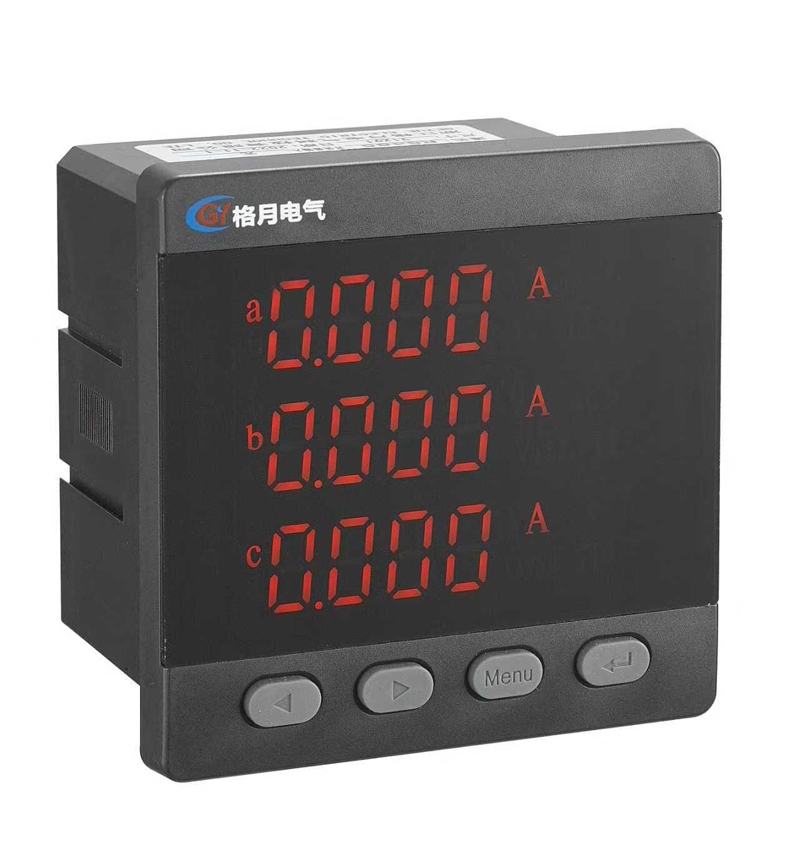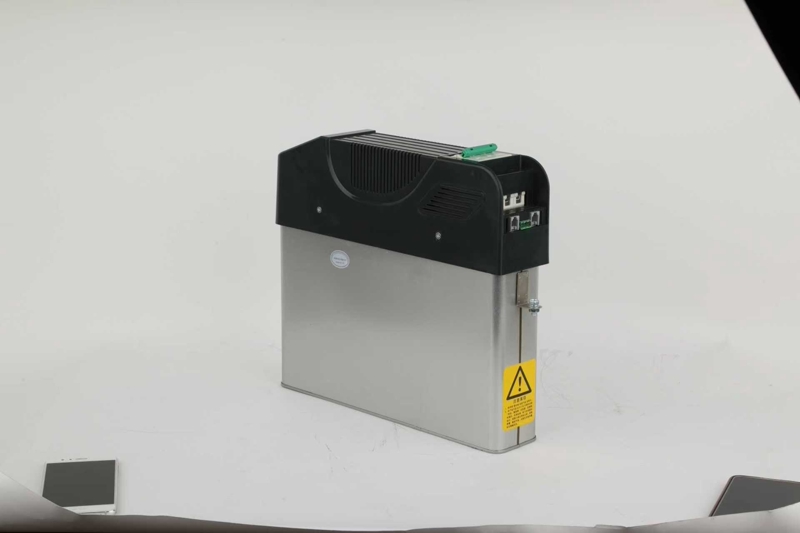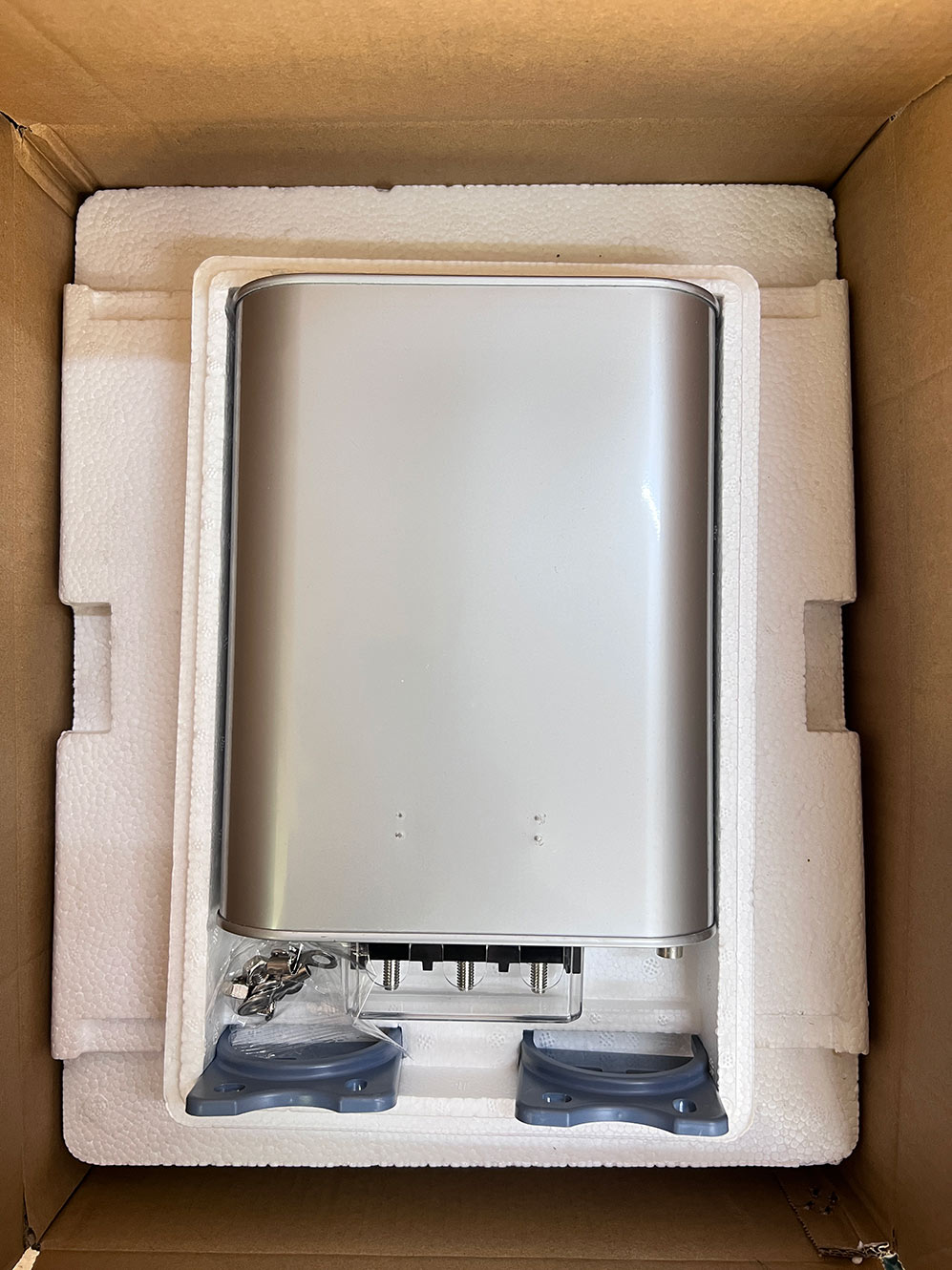Industry News
 25 2025-11
25 2025-11 How Ammeters Become the "Sensing Cornerstone" of Smart Grids?
The ammeter has been upgraded from a measuring tool to an intelligent sensing terminal, achieving breakthroughs in accuracy, anti-interference, and functional integration, adapting to multiple scenarios, and providing core data support for the construction of smart grids.
 24 2025-11
24 2025-11 Can Intelligent Low-Voltage Reactive Power Compensation Devices Become a Revolutionary Solution for Energy Efficiency Management?
Intelligent low-voltage reactive power compensation devices solve enterprise pain points with advanced algorithms and technologies. Case studies demonstrate energy-saving and fault-reducing effects, and intelligent upgrades help to innovate energy efficiency management.
 22 2025-11
22 2025-11 What Are the Essential Checks during the On-Site Commissioning of New Capacitors?
Geyue Electric will systematically guide you through several essential checks that must be carried out during on-site commissioning, helping you build the first solid back line for the safety and efficiency of your low-voltage reactive power compensation system.
Can SVG Become the Ultimate Solution for Power Quality Management?
SVG is an advanced reactive power compensation device with fast response, high accuracy and harmonic suppression. Although it has cost and operation and maintenance challenges, its development potential is significant due to technological upgrades and integrated applications.
 20 2025-11
20 2025-11 What Is the Significance of the Reactive Power Demand Curve in Designing an Effective Low Voltage Reactive Power Compensation System?
Understanding the profound meaning of this reactive power demand curve represents a crucial step for low-voltage reactive power compensation technology in moving from empirical configuration to scientific design.

